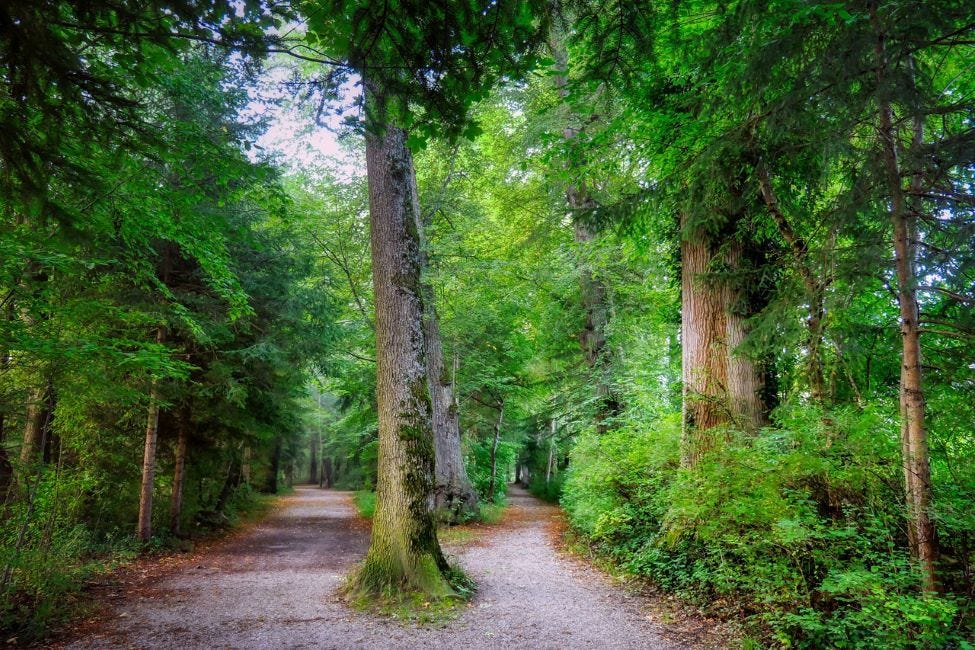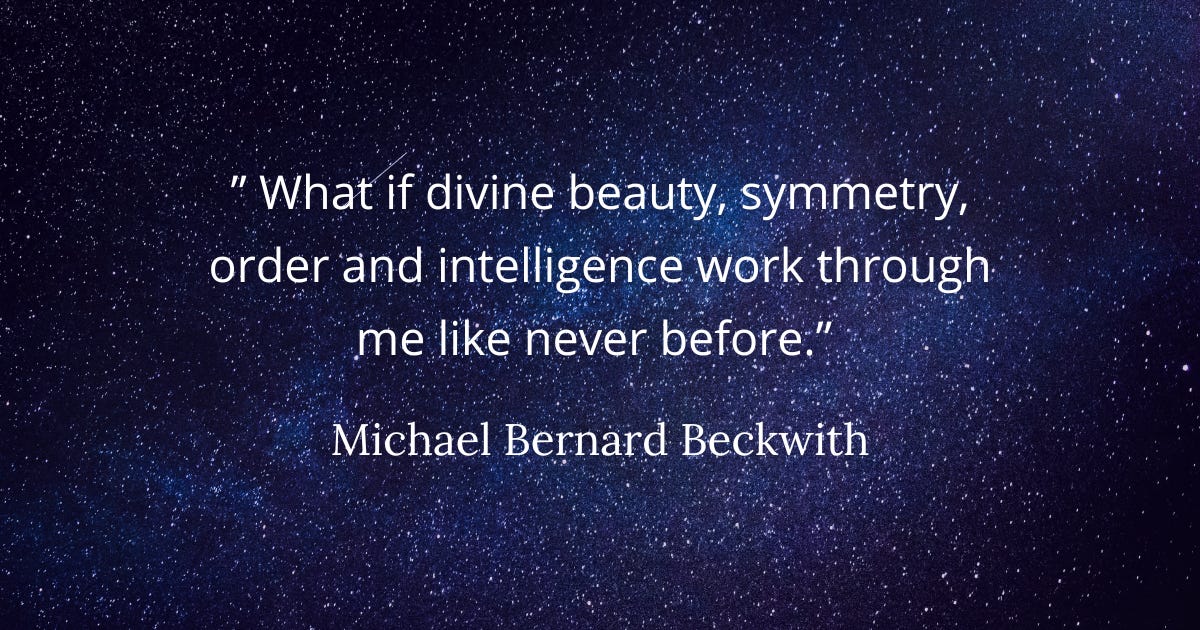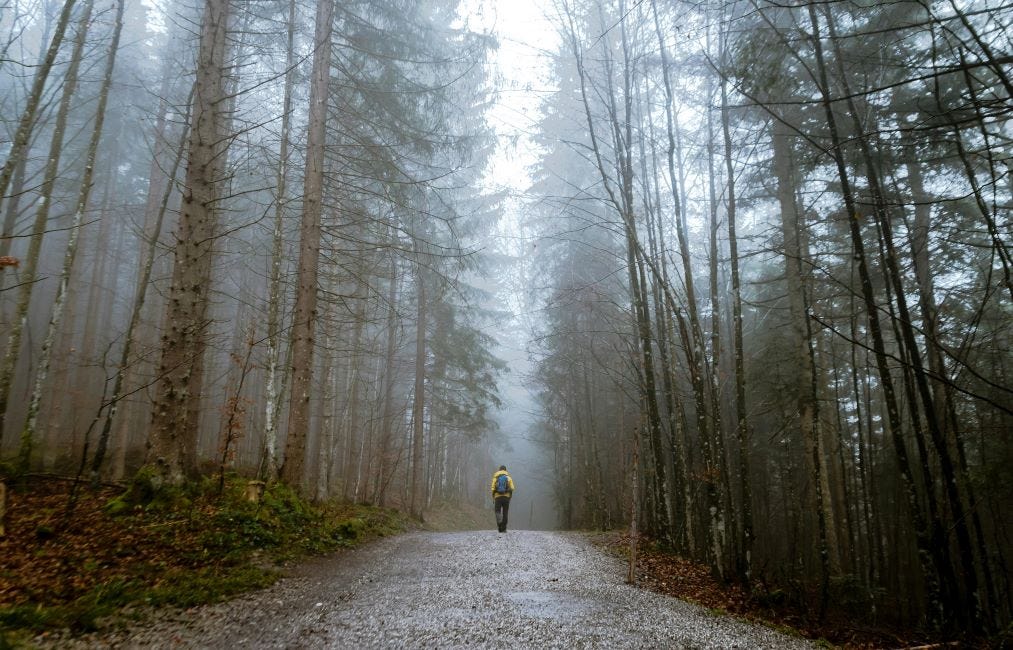Two days after I posted my last Substack essay, I sat down at one of three round tables with strangers and professional acquaintances seated at each. We had been invited by a statewide coalition of service providers to brainstorm possible solutions for each of five challenges identified by a prior focus group. I looked at the walls of the meeting room and saw five large blank white Post-its hanging there.
Margaret Wheatley’s words noted in my prior essay sprung to mind:
We have all gone to meetings; brainstormed; written ideas on paper taped to walls; emailed the results with little to no subsequent action taken. We come back; reinvent; get disheartened.
I couldn’t believe I was back at this process again. Sure enough, people wrote their ideas on the papers, and then the facilitator pulled out colored dots. I hadn’t seen strips of colored dots in years. We were asked to prioritize the ideas on the papers with the dots. The process did not generate new ideas nor much enthusiasm from the participants. I was thoroughly disheartened.
The process demonstrated that it is very difficult for individuals working in bureaucratic roles, which are often defined by federal grants and other restrictive funding, to think independently with open minds and hearts. There are too many constraints imposed on them.
One participant came from a very small community, and she was able to do the work of the coalition. She does not face the same challenges as those working within a bureaucracy. Her community is also very poor and needs to make positive changes if they are going to survive.
Now my attitude stunk; I know it. I sound like those people who tell me nothing will solve the problems inherent in creating locally sustainable food production and distribution, which is the project I work on. They say there are too many factors working against a change to self-sufficiency. Sitting at the table considering where to place my colored dots, I had the same negative attitude, i.e., none of the ideas would change anything.
Indeed, I am mostly right, because each idea was considered within the constraints of a controlling society and the rigidity requiring things be done in the same old way. Just like white Post-its with colored dots on a wall. In addition, those efforts with a measure of success were all led by a strong individual willing to fight for the project within a smaller community, such as one PTA mother in one school or a neighbor championing a cause affecting his home. We can no longer apply one-size-fits-all solutions and assume we can create scalable models.
So, what do I do differently? The three components of a self-organizing natural system defined by Wheatley must be considered when pulling together people for a solution: Common vision, Free flow of information, and Strong, collaborative relationships. I will engage these components when I bring people together to explore solutions. However, first I must take a different fork in the road away from the more traveled path of the past.
Here are my thoughts on seeing, being, and feeling a new way:
Faith - Knowing in the deepest part of myself that it is possible to create better systems, communities, processes, and ways to live in partnership with Nature.
Commitment: Willing to be in “not knowing” no matter the pressure to get an immediate answer. Striving to listen to Divine Guidance and act as guided.
Vision: Taking the time to be in the energy and visualization of an improved society; not all of it everywhere, my part; knowing my part adds to the whole moving toward better.
Intention: Trusting in my ability to move forward and trusting the ingenuity, creativity, decency, and resilience of human beings, I keep on keepin’ on.
There are no guarantees when I take this fork in the road. However, it does allow for solutions to arise on their own honoring the fact that Nature and Life are self-organizing – allowing the spontaneous emergence of order in complex systems without external control. This exploration and tales of steps in the real world will be continued.
For today, let us consider the cultural tradition of the French to take a real vacation in the month of August. Get out of our heads; enjoy summer sun, warmth, and rains; turn off all the screens; sit and look at the nature around us – beach, forest, plains, a tree – just one tree shows us the amazing power of Nature to grow, withstand, and contribute to the whole.
Enjoy and recreate yourselves, my friends.





It is frustrating when a great idea is stalled because of beaucracy, a lack of funds and/or inspiration. Maybe instead of starting with a statewide program it would be better to start with communities. A sustainable network of local producers (meat, dairy, produce) could link up with similar sustainable community networks, which would lead to regional and then encompass the whole state.